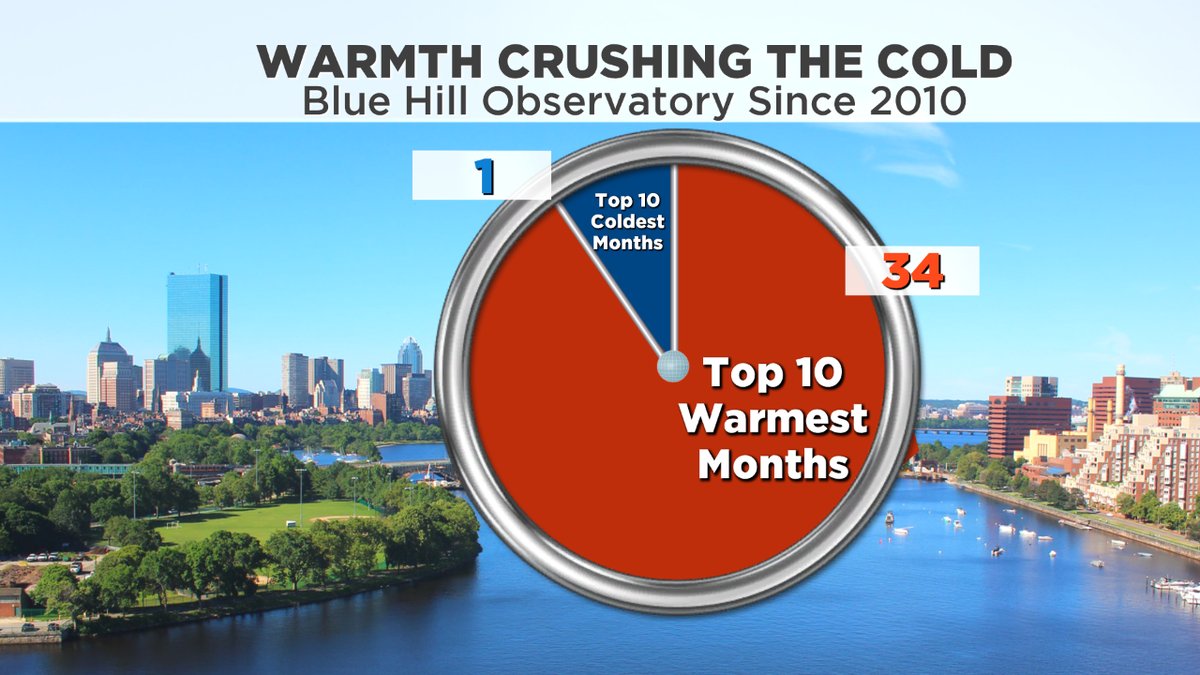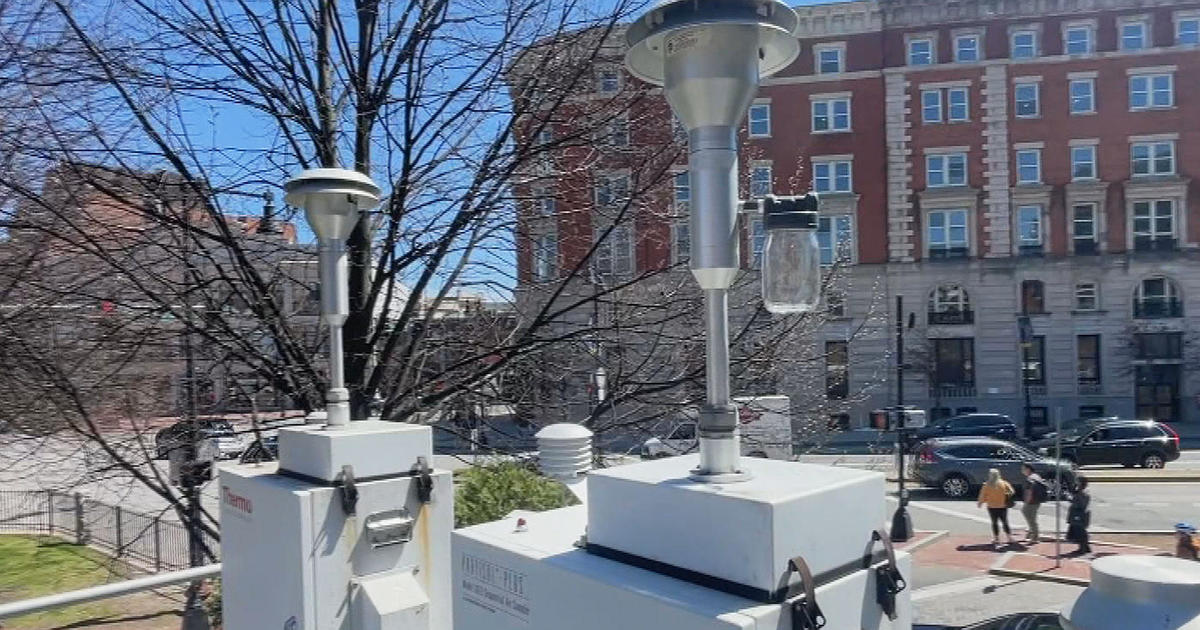A Hot July Continues The Trend
Find Eric Fisher on Twitter and Facebook
You probably did your fair share of sweating this July, an no one would blame you. The month kicked off with one of the longer heat waves on record across the region (some towns up to 8 straight days). After a nice little mid-month break of lower humidity, we went straight to the tropics and there's more where that high humidity came from. All told, it was a much warmer than average month and a Top 10 warmest for quite a few northeast locales.
Some notables:
Caribou, ME
- All-time hottest month (any month)
- Most 70F+ nights (3), previous record was 1
- Longest streak of 70F+ Nights (3)
- Most 85F+ degree days (14)
Albany, NY
- Longest all-time streak of 80F+ days (34 and still counting)
Burlington, VT
- Hottest all-time month on record
- 2nd most 90F+ days (10)
- Tied most 80F+ days (29)
Here at home, the best climate site we've got is Blue Hill Observatory. It's been standing in the same spot since 1885, which makes it the oldest continuously operated weather observatory in the United States. Sitting atop Blue Hill and surrounded by forest, it's our gold standard.
July managed to sneak into the Top 10 of hottest Julys, ending up as the 8th warmest on record Blue Hill. Another notch in what has been an incredible decade. Out of the top 10, 7 of the warmest Julys at Blue Hill have been set since 1999. And since January 1st of 2010, extremely warm months have absolutely dominated extremely cold ones.

Graphic: WBZ-TV
During that time, we have now had 34 months reach 'Top 10 warmest' status. That's a remarkable chunk of the record books being re-written in a short period of time, and even more so when you consider how many Top 10 coldest months have been set during the same time period. One. Only February of 2015 managed to do so (and it was a doozy, one of the most extreme winter months we've ever had here in southern New England).
You may also consider the other records that have fallen since the start of 2010. We have had our warmest winter, spring, summer, fall, month, and year - all during this decade. Some of those have been set and then set again in a following year, broken repeatedly.
In addition to the seasons and full years, we've also had our warmest February, April, May, July, August, September, October, November, and December. Only January, March, and June remain to collect the whole set this decade.
You can peruse their data here: http://bluehill.org/observatory/2014/02/graphs-of-monthly-blue-hill-observatory-climate-data/

Annual temperature trend at Blue Hill Observatory http://bluehill.org/observatory/2014/02/graphs-of-annual-blue-hill-observatory-climate-data/
What does it all mean? Just further evidence that shows the clear long term warming of our region and the planet. It continues to steadily move the ceiling a little higher each decade. Does it mean every month will be warm? No. Does it mean we won't have some epic snowy and cold winters? No. What we're seeing is the long term warming that doesn't show any signs of slowing down due to climate change. Even in this La Nina year at a solar minimum, we're still getting warmer than average conditions locally and globally. Not a controversial thing, not a political thing. Just a basic observation thing.



